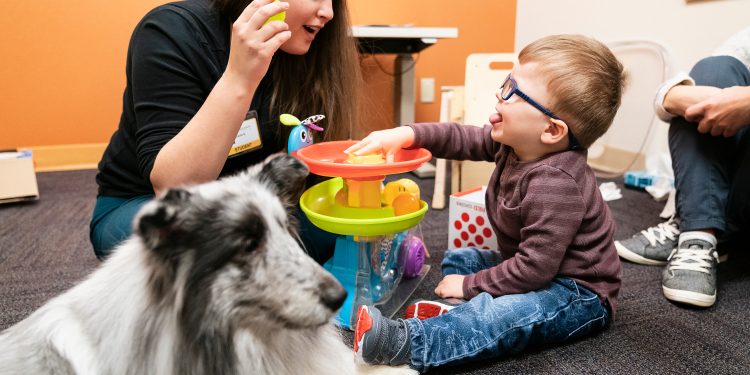Animal-assisted therapy (AAT) is a therapeutic practice incorporating animals into the treatment plan. This enhances and complements the benefits of traditional therapy. It can also improve a patient’s social, emotional, or cognitive functioning. Here are the different types of animals used in Animal Assisted Therapy:
Table of Contents
Dogs
Dogs may be a preferred choice for Animal Assisted Therapy due to their friendly nature and ability to be easily trained. The interaction with dogs in a therapeutic setting can help individuals recover from or better cope with health problems, such as heart disease, cancer, and mental health disorders. With a non-judgmental attitude, dogs provide comfort and can reduce anxiety, stress, and feelings of isolation. Their presence can stimulate patient conversation, memory recall, problem-solving skills, and improve cognitive functioning. In physical rehabilitation, dogs can motivate patients to exercise more frequently, which helps their physical well-being.
Cats
Cats have a unique way of calming people with their purring and gentle demeanor, which can help reduce stress levels and lower blood pressure. They can offer comfort and companionship without requiring as much physical interaction as dogs. This can make them ideal for individuals with limited mobility or energy. A cat’s presence can help improve mental and emotional well-being by providing a sense of companionship and reducing feelings of loneliness and depression. For individuals dealing with trauma or anxiety, the predictable routines of caring for a cat, such as feeding or grooming, can provide a sense of stability and control.
Horses
Working with horses may require focus and physical effort, which can help improve coordination, balance, and overall physical health. It also encourages individuals to step out of their comfort zone and engage in new experiences, promoting personal growth and resilience. It may provide therapists with valuable insights into the individual’s emotional state and help them address underlying issues more effectively. Through these interactions, individuals learn to understand and manage their feelings better. It can eventually lead to improved mental and emotional well-being.
Birds
Birds can also be soothing, reducing anxiety and stress levels. Caring for birds, such as feeding or cleaning their cages, can give individuals a sense of responsibility and purpose. Watching birds can also be therapeutic, promoting mindfulness and relaxation. It distracts from worries and pain, helping individuals focus on the present moment. This can be particularly beneficial for those dealing with chronic illnesses or mental health disorders.
Dolphins
Dolphin-assisted therapy (DAT) may involve swimming with dolphins. It provides a powerful experience for individuals, promoting relaxation, joy, and a sense of connection. This interaction can be beneficial for children with autism or attention deficit disorders. This can help improve motor skills and speech in individuals with developmental or physical challenges.
Schedule for an Animal Assisted Therapy Session Today
Animal Assisted Therapy involves many animals, each offering unique therapeutic benefits. The choice of animal depends on the therapeutic goals, the patient’s comfort and preference, and the specific setting. Scheduling an AAT session today can benefit those seeking mental and physical well-being. They can answer questions about assisted animal help for specific circumstances or situations.


 Home
Home










